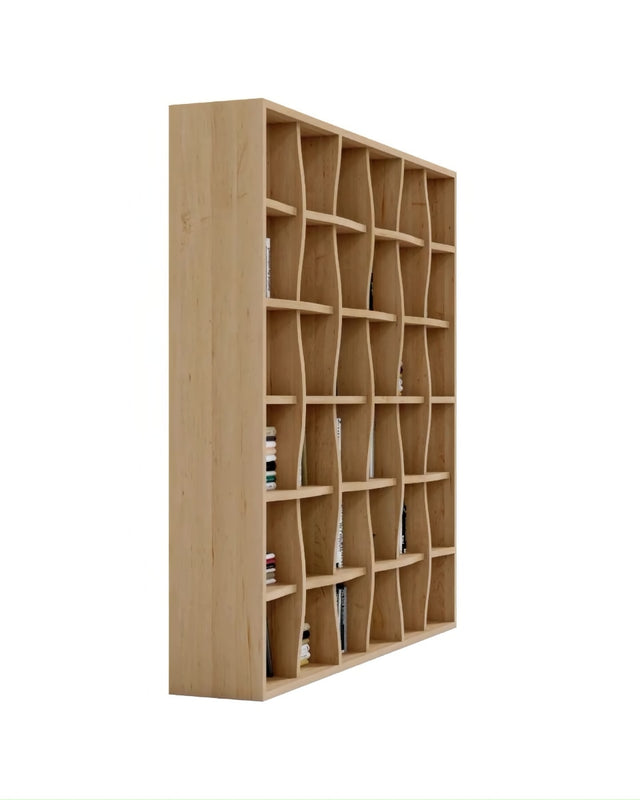Hardwood vs. Softwood
When it comes to choosing the right material for wooden furniture, the decision between hardwood and softwood is pivotal. Both have their unique qualities and applications, catering to different preferences and needs. In this article, we will delve into the distinct advantages of hardwood and softwood, helping you make an informed choice for your furniture needs.
Hardwoods |
Softwoods |
| Oak | Pine |
| Maple | Spruce |
| Walnut | Fir |
| Cherry | Cedar |
| Mahogany | Redwood |
| Teak | Larch |
| Rosewood | Hemlock |
| Ebony | |
| Ash | |
| Beech |
Durability and Longevity
One of the primary advantages of hardwood is its remarkable durability. Hardwood comes from deciduous trees, which have slower growth rates, resulting in a denser and harder material. This makes hardwood furniture highly resistant to wear and tear, ensuring it stands the test of time. Examples of hardwoods include Oak, Maple, and Walnut, which are renowned for their strength and longevity.
Softwoods, on the other hand, are sourced from evergreen trees with faster growth rates. While softer in comparison, they can still be incredibly durable. Cedar and Pine, for instance, are popular softwoods known for their natural resistance to decay and insects. When properly treated and maintained, softwood furniture can last for generations.
Aesthetics and Versatility
Hardwood grains tend to be more intricate and varied, offering a wide range of natural colours and patterns. This diversity allows for stunning finishes that enhance the visual appeal of the furniture. The richness and depth of hardwood can add a touch of elegance and sophistication to any interior. It's a versatile material that complements both traditional and contemporary design styles.
Softwood, with its lighter colour palette and straighter grains, lends itself well to creating a bright and airy atmosphere. Its natural warmth can impart a cosy and welcoming feel to any space. Softwood's ability to take stains and finishes exceptionally well provides ample opportunity for customisation, allowing you to achieve the desired look for your furniture.
Workability and Craftsmanship
Hardwood's density may pose a challenge for woodworking, but its inherent stability and strength make it ideal for intricate joinery and fine detailing. Skilled artisans appreciate hardwood's ability to hold intricate designs and precise cuts. This quality allows for the creation of complex, high-quality pieces that stand as works of art in their own right.
Softwood, being less dense, is more forgiving to work with, making it a favourite among novice woodworkers. Its malleability allows for easier shaping and carving, enabling the creation of graceful and flowing designs. Additionally, softwood's lighter weight makes it more manageable during the crafting process, facilitating the construction of larger pieces.
Summary
In the debate between hardwood and softwood for wooden furniture, both materials bring their own set of strengths and aesthetic appeal to the table (no pun intended). Hardwood offers unparalleled durability and a wide range of design possibilities, making it an excellent choice for heirloom-quality pieces. On the other hand, softwood provides versatility, affordability and a warm, inviting ambiance. By understanding the unique advantages of each, you can make an informed decision that aligns with your specific preferences and needs. Ultimately, both hardwood and softwood have their place in the world of fine wooden furniture, contributing to the rich tapestry of design possibilities available to consumers.




